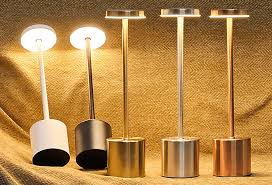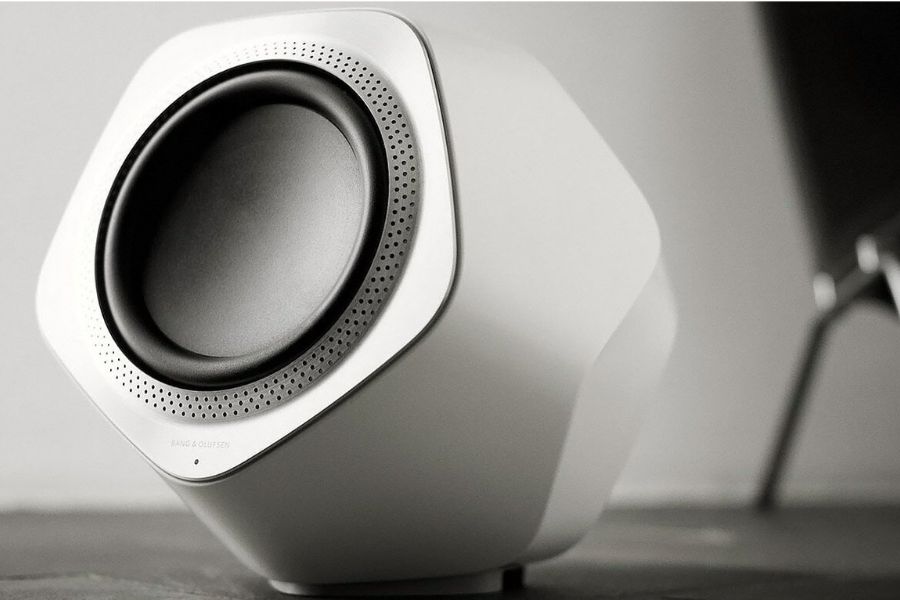Imagine a home that makes your life easier and helps protect the planet. Sounds like a dream? Well, with eco-friendly smart homes, this dream is now a reality.
As climate change becomes a bigger problem, more people want to live in a way that’s better for the environment, without giving up the comforts of home. Enter eco-friendly smart homes—a perfect blend of cutting-edge technology and sustainable living. These smart homes use clever gadgets to save energy, cut waste, and keep your living space healthy while lowering your bills over time.
Keep reading if you’re curious about how smart technology can make your home greener. We’ll explore the benefits, key features, and simple ways to transform your living space into an eco-friendly smart home.
Why Choose an Eco-Friendly Smart Home?
Traditional homes consume a lot of energy, often more than necessary. Little things like forgetting to turn off lights or heating empty rooms waste energy—and it all adds up. An eco-friendly smart home tackles these problems head-on by automating energy use and minimizing waste.
1. Energy Efficiency at Its Best
Smart thermostats like Nest or Ecobee learn your schedule and adjust temperatures automatically. No more forgetting to turn down the heat when you leave—your home does it for you. This simple change can cut heating and cooling costs by up to 20%.
2. Reduced Water Waste
Smart irrigation systems monitor weather forecasts and soil moisture to water your lawn only when needed. Indoors, leak detectors alert you to plumbing issues before they become costly (and wasteful) disasters.
3. Lower Electricity Bills
Smart lighting systems like Philips Hue or Lutron use LED bulbs and motion sensors to ensure lights are only on when necessary. Pair them with solar panels, and you’ll see a dramatic drop in energy bills.
4. Better Air Quality
Smart air purifiers and ventilation systems keep indoor air clean by filtering pollutants and adjusting airflow based on real-time air quality readings. A healthier home means fewer allergies and respiratory issues.
Key Features of an Eco-Friendly Smart Home
Transforming your house into an eco-friendly smart home doesn’t require a complete overhaul. Start small and gradually integrate these smart, sustainable solutions:
Smart Thermostats
These devices optimize heating and cooling by learning your habits and adjusting temperatures accordingly. Some even use geofencing to detect when you’re away and switch to energy-saving mode.
Energy-Efficient Lighting
Replace old light bulbs with smart LEDs that you can control with your voice or phone—set schedules or dim them to use less energy.
Solar Power Integration
Solar panels paired with smart energy storage (like Tesla Powerwall) let you store excess energy for later use, reducing reliance on the grid.
Smart Appliances
Energy Star-rated smart refrigerators, washing machines, and dishwashers adjust their cycles to minimize water and electricity use.
Water Conservation Systems
Smart showers and faucets regulate water flow, while smart sprinklers prevent overwatering. Some even recycle greywater for garden use.
Home Energy Monitors
Gadgets like Sense or Emporia Vue show you exactly how much power you’re using right now, so you can find and stop energy-wasting devices. (those gadgets that suck power even when turned off).
Easy Steps to Make Your Home Smarter and Greener
Not ready for a full upgrade? No problem. Here are simple, budget-friendly ways to start your eco-friendly smart home journey:
- Switch to Smart Plugs – Control electronics remotely and set timers to avoid standby power drain.
- Install a Smart Thermostat – Even a basic model can greatly affect energy savings.
- Use Motion-Activated Lights – Perfect for hallways, garages, and outdoor lighting.
- Invest in a Smart Power Strip – Cuts power to devices not in use.
- Monitor Your Usage – Free apps like Google Home or Apple HomeKit help track energy habits.
Related Articles
Best Innovative Gadgets to Transform Your Life in 2025
8 Best Portable Electric Fans to Keep You Cool Everywhere
The Best Desk Lamps for Eye Comfort and Productivity
The Long-Term Benefits
Beyond saving money, eco-friendly smart homes contribute to a healthier planet. By reducing energy consumption and waste, you’re helping lower greenhouse gas emissions. Many governments offer rebates and tax incentives for green home upgrades—another win for your wallet.
As technology keeps developing, such systems will be becoming increasingly smart and accessible. Living in the future isn’t simply about ease of use—it’s about livability.
Final Thoughts
A green smart home is more than a buzzword—it’s being a sensible resident of planet Earth. Begin with a smart thermostat or move whole hog and put solar panels on your house—the point is that every action makes a difference.










Leave a Reply